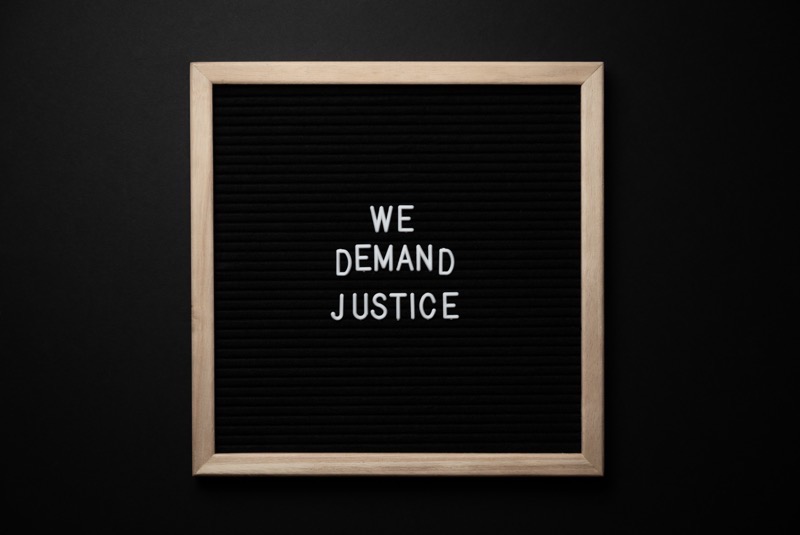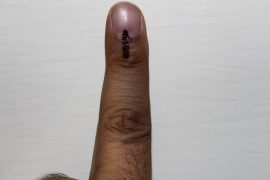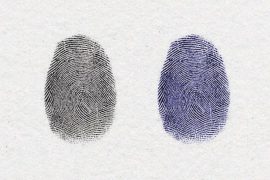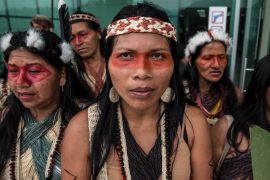One evening, Meena Khalkho, a fifteen-year-old tribal girl from Chattisgarh, went to meet her friend. A darling of her parents, she worked hard in the fields and loved the goats she reared. She never returned.
Meena was raped and shot by the police outside her village. Worse, cops said she was a Maoist. The investigation that followed proved otherwise. There was semen in her vagina. She was shot from close range – a bullet straight to her head – whereas the police said they fired several shots. The testimonies of local villagers also point to the fact that the police raped and murdered Meena. They killed her in a ‘fake encounter.’ This incident occurred in 2011. However, no arrests were made until 2016.
Meena’s story is not an isolated incident. A woman named Payke Veko was gunned down in the jungles of Dantewada, Chhattisgarh. The police say Veko a Maoist. But the family alleged that the police picked her up from the house, sexually assaulted and killed her.
The police present themselves as heroes for killing Maoists. But truth be told, they are extra-judicial killings with no legal basis.
Militants from the extreme left hoped to create a peasant revolt through armed struggle. Children as young as sixteen are often abducted and taught how to partake in the so-called revolution. The Communist Party of India (Maoist) is at the helm of this.
The Maoist movement began with the Naxalbari uprising of 1967. Since then, it has spread to Jharkhand, Madhya Pradesh, Chhattisgarh, and east Maharashtra. Both men and women participate in the militant efforts of the Maoists.
The police often end up killing women. However, except for police claims that they were Maoists, one does not know how many of those killed are Maoists. Usually, most of them are poor women who are taken advantage of, sexually assaulted and brutalised by the police.
Maoist areas are not the only places where women are wrongfully assaulted and killed by the forces supposed to protect them. There are other incidents in other regions, too. One common thread that ties them together is the socio-economic status of the women.
Dalit, Bahujan and Adivasi women, particularly women who are poor and weak, bear the brunt of police assault. From Mathura to Nodeep Kaur, almost every case of sexual assault by the police has a Dalit, Bahujan or Adivasi girl or woman at the receiving end. The fact that they come from poor socio-economic backgrounds makes them easy targets. Sadly, many of these girls don’t survive to tell their stories.
But Nodeep Kaur lived. And she told her story. According to her, the police took Kaur to an isolated place in Kundli and beat her up. Then they took her to the police station and continued beating her. The police, all men, punched her in the private parts too. Why? For being a Dalit woman and protesting against unjust factory employers.
The police did not stop assaulting Kaur’s body. They went further and attacked her identity as Dalit. The officers threw casteist remarks at her, saying she was supposed to clean gutters and not protest. But Kaur was not one to be easily intimidated when she spoke about her ordeal to the press and shared her story with the world.
Kaur said that around 200 women languishing in jail cells belonged to backward communities. Most of them were from backward communities; most women were treated the same way as Kaur was. Meena Harris, the niece of Vice-President of the United States Kamala Harris, tweeted about Kaur. Since then, the issue Kaur faced got international attention. The famous poet Rupi Kaur also brought the plight of Nodeep to notice by tweeting about it.
There are horrific cases of torture and death associated with women in custody. One such case is that ofKaruppi. A member of the Dalit community, Karuppi’s family members were made to violate her by the police. After facing false theft charges and intense torture, she was found hanging in a network tower near the police station that first took her dignity and then her life.
When Dalit women go to the police to register a complaint, they are not taken seriously. Casteist slurs are thrown at them. The confidence of Dalit, Bahujan women especially threatens the cops. Anything that can be done will be done to break the resolve of women who dare to walk into a police station and lodge a complaint.
Apart from the socio-economic conditions of victims, another thing common in cases of police brutality faced by women is the rarity of justice. In any of the cases mentioned above, none of the policemen have faced the consequences of their actions. The police involved in the Karuppi murder case were convicted, but they appealed against it, and 18 years later, they are yet to serve their sentence.
Nodeep Kaur’s assaulters have not been brought to book yet. The National Human Rights Commission asked Haryana Police to report on the complaints made by Kaur against them. But since then, nothing has happened. As for PaykeVeko, the last news published was of the allegations made against the police by her relatives.
Reforms need to be done within the police force, and the consequence of gender-based violence by the men in khaki should be addressed.
-30-
Copyright©Madras Courier, All Rights Reserved. You may share using our article tools. Please don't cut articles from madrascourier.com and redistribute by email, post to the web, mobile phone or social media.Please send in your feed back and comments to editor@madrascourier.com











